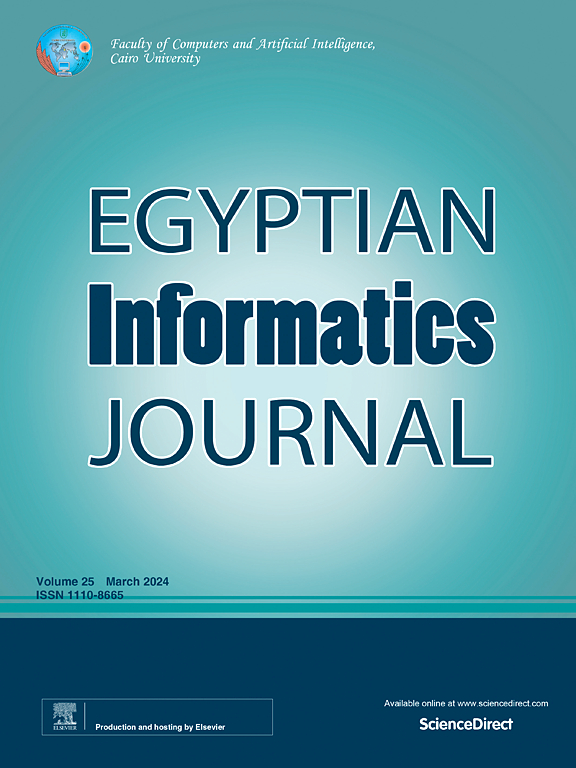PRFE-driven gene selection with multi-classifier ensemble for cancer classification
IF 5
3区 计算机科学
Q1 COMPUTER SCIENCE, ARTIFICIAL INTELLIGENCE
引用次数: 0
Abstract
In this era, cancer remains a paramount concern due to its pervasive impact on individuals and societies, persistent challenges in treatment and prevention, and the ongoing need for global collaboration and innovation to improve outcomes and reduce its burden. Cancer marked by uncontrolled cell growth is a leading global cause of mortality, necessitating advanced methods for accurate diagnosis. This study introduces an innovative unsupervised feature selection technique Principal Recursive Feature Eliminator (PRFE) for selection of genes and cancer classification. Subsequently, seven different classifiers—Support Vector Machine, Random Forest, CatBoost, Light Gradient Boosting Method, Artificial Neural Network, Convolutional Neural Network, Long Short-Term Memory are used to increase the model’s robustness. The proposed approach is evaluated on nine benchmark gene expression datasets with a combination of two different algorithms. A series of experiments are conducted to assess the proposed method, focusing on the selected features and identifying optimal classifiers. We have calculated F1-Score, accuracy, recall, and precision. The suggested strategy performs better than expected, as the results highlight its potential to improve cancer classification techniques with an accuracy of 99.98%. We conclude from this analysis that, across many datasets, the CatBoost and CNN model outperforms the other models. This research contributes to the ongoing efforts to improve diagnostic precision and treatment outcomes in cancer research.
基于多分类器集合的prfe驱动基因选择用于癌症分类
在这个时代,由于癌症对个人和社会的普遍影响,治疗和预防方面的持续挑战,以及持续需要全球合作和创新以改善结果并减轻其负担,癌症仍然是一个最重要的问题。以不受控制的细胞生长为标志的癌症是全球主要的死亡原因,需要先进的方法来准确诊断。本文介绍了一种创新的无监督特征选择技术——Principal Recursive feature Eliminator (PRFE),用于基因选择和癌症分类。随后,采用支持向量机、随机森林、CatBoost、光梯度增强、人工神经网络、卷积神经网络、长短期记忆等7种分类器增强模型的鲁棒性。该方法结合两种不同的算法在9个基准基因表达数据集上进行了评估。通过一系列实验来评估所提出的方法,重点关注所选择的特征和识别最优分类器。我们计算了F1-Score、准确率、召回率和准确率。建议的策略表现得比预期的要好,因为结果突出了其提高癌症分类技术的潜力,准确率达到99.98%。我们从这个分析中得出结论,在许多数据集上,CatBoost和CNN模型优于其他模型。这项研究有助于提高癌症研究的诊断精度和治疗效果。
本文章由计算机程序翻译,如有差异,请以英文原文为准。
求助全文
约1分钟内获得全文
求助全文
来源期刊

Egyptian Informatics Journal
Decision Sciences-Management Science and Operations Research
CiteScore
11.10
自引率
1.90%
发文量
59
审稿时长
110 days
期刊介绍:
The Egyptian Informatics Journal is published by the Faculty of Computers and Artificial Intelligence, Cairo University. This Journal provides a forum for the state-of-the-art research and development in the fields of computing, including computer sciences, information technologies, information systems, operations research and decision support. Innovative and not-previously-published work in subjects covered by the Journal is encouraged to be submitted, whether from academic, research or commercial sources.
 求助内容:
求助内容: 应助结果提醒方式:
应助结果提醒方式:


